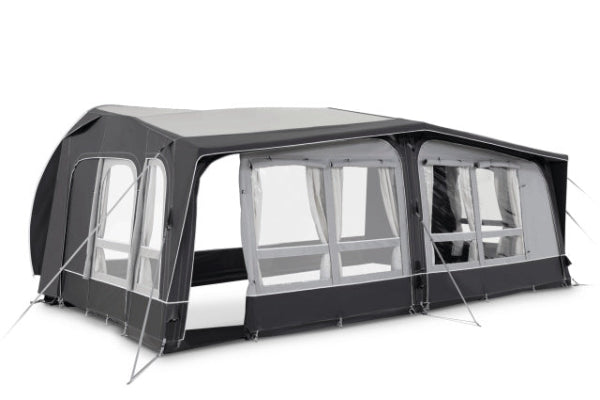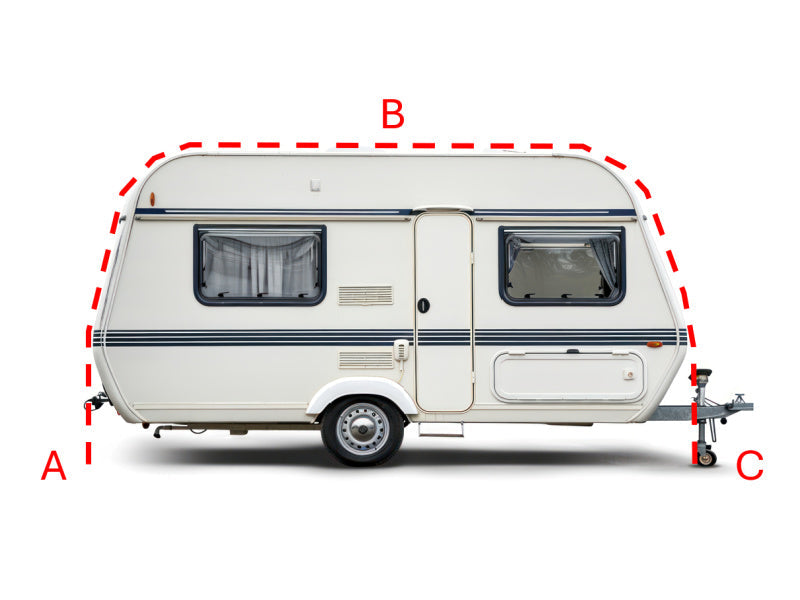How Long Do Portable Power Stations Last?
Ever wish your gadgets had the stamina of your grandma’s old flashlight? Portable power stations usually last 2 to 7 years, depending on battery type and care. Want yours to go the distance? From battery myths to storage tips, here’s how to keep the juice flowing longer.
Understanding Portable Power Station Longevity: What Really Counts
Typical Lifespan Expectations: Years and Charge Cycles
General Lifespan Range in Years (e.g., 3–10+ years)
Portable power stations typically last anywhere from 2 to 7 years, depending on how they’re used and what battery type they have.
Lithium-ion models usually offer better longevity. With consistent maintenance, they can stay reliable for years—even with regular use.

The Significance of Battery Charge Cycles (e.g., 500 to over 3000 cycles)
The number of charge cycles a battery can handle significantly affects its lifespan.
Lithium-ion batteries often last through 500 to 1000 full cycles. In contrast, lead-acid batteries tend to offer only 200 to 300 cycles before their performance drops off.
Understanding this helps users avoid overestimating durability.
Distinguishing Between Lifespan and Per-Charge Runtime
It's helpful to separate the ideas of lifespan and runtime.
Runtime is the number of hours a device operates on a single charge. Lifespan is how long the power station works effectively before its capacity noticeably declines.
Knowing this difference allows for smarter usage and realistic expectations.
The Crucial Factor: Battery Chemistry and Its Impact on Durability
Lithium-ion (NMC, traditional Li-ion): Common Lifespan and Characteristics
Lithium-ion batteries are commonly used in modern portable power stations.
They’re known for being lightweight and energy-dense. A well-made lithium-ion unit can last around 5 to 7 years, depending on usage and conditions.
Most offer 500 to 1000 cycles before noticeable performance drop-off.

Lithium Iron Phosphate (LiFePO4): Superior Longevity and Safety Profile
LiFePO4 batteries are a premium option for those seeking long-term reliability.
These units are highly stable and offer up to 3000 or more charge cycles, significantly outlasting standard lithium-ion types.
They also cope better with extreme temperatures, reducing the risk of overheating or degradation.
Comparing Lifespan: LiFePO4 vs. Other Lithium-ion Types
Compared to traditional lithium-ion (like NMC), LiFePO4 batteries last longer and degrade more slowly.
However, they may come with trade-offs like added weight and cost. Still, for frequent users or long-term investment, LiFePO4 can be a smart choice.
Key Elements Influencing How Long Your Power Station Endures
Usage Patterns: Depth of Discharge (DoD) and Consistent Load
Battery longevity is affected by how deeply you discharge it.
Repeatedly draining a battery to zero shortens its life. Keeping the charge between 20% and 80%—especially during storage—can extend its health.
Applying steady, moderate loads also helps preserve battery integrity.
Charging Habits: Speed, Voltage, and Source Quality
Fast charging may sound convenient, but it puts stress on the battery.
Stick to manufacturer-recommended voltages and avoid unreliable power sources. Good-quality chargers and moderate speeds keep the battery safe and efficient over time.

Environmental Conditions: The Role of Temperature and Humidity
Environmental factors are easy to overlook but play a major role.
Extreme heat or cold can shorten battery life significantly. Always store your power station in a cool, dry place—away from direct sunlight or damp areas.
Overall Build Quality, Brand Reputation, and Inverter Lifespan
Not all power stations are built equally.
Higher-end models tend to feature better inverters and longer-lasting internal components. Choosing a reputable brand ensures quality engineering and longer-term support.
Maximising Your Portable Power Station's Lifespan & Recognising End-of-Life
Smart Strategies to Extend Your Device's Operational Life
Best Practices for Charging: Avoiding Extremes
Avoid fully charging to 100% or letting it drain to 0%, especially if storing for long periods.
Instead, aim to keep it between 40%–60% while in storage. This helps preserve battery chemistry and avoids stress from overcharging or deep discharges.
Optimal Usage: Managing Device Loads Effectively
Try not to overload your power station with high-draw appliances.
Use it to power compatible devices within its rated output. Managing load size reduces stress on both the battery and inverter.
Proper Storage Techniques for Short and Long Term
When not in use, store your power station in a stable, temperature-controlled environment.
Avoid attics, sheds, or car boots where temperatures can fluctuate. Recharge the unit every few months to keep it active and healthy.
The Importance of Routine Maintenance and Care
Check the unit regularly for any physical wear, unusual noises, or heat.
Also, keep the firmware updated if your model allows it. These small actions can prevent long-term issues and ensure consistent performance.
Identifying Signs That Your Power Station is Degrading
Diminished Battery Capacity and Shorter Runtimes
If your power station doesn’t last as long on a full charge, it’s a clear sign the battery is wearing out.
This decline may be gradual or sudden, depending on use and age.
Increased Self-Discharge Rate or Inconsistent Charging
Notice your battery draining faster when idle?
A high self-discharge rate or difficulty holding charge suggests internal degradation. This often indicates that replacement may soon be needed.
Physical Wear and Tear or Component Malfunction
Physical signs like swelling, discolouration, or faulty outputs are serious red flags.
They may suggest damage to internal circuits or inverter issues. These problems should be addressed immediately to avoid further failure—or safety hazards.
When to Consider a Replacement: Making an Informed Decision
Assessing Performance Against Your Current Needs
If your current unit no longer powers what you need—especially if your usage has increased—it may be time for an upgrade.
Even a still-functioning unit might not meet your demands anymore.
Understanding Warranty: What It Covers for Lifespan Issues
Check your warranty policy. Most brands offer between 2 and 5 years of cover, especially for battery-related faults.
Understanding your coverage could save you money if you’re still within the valid period.
Weighing the Cost of a New Unit vs. Declining Performance
Sometimes, the cost of reduced performance outweighs the price of a new power station.
If reliability is critical—like during outages or trips—investing in a newer model may be more worthwhile than patching up an older one.
Other content you might like:
- Can You Run a TV Off a Portable Power Station?
- Can Portable Power Stations Be Used Indoors?
- Can Portable Solar Power Stations Work in Winter?
- Are Portable Power Stations Allowed on Planes?
- How Many Hours Will a Portable Power Station Last?
- How Long Can a Portable Power Station Run a TV?
- Can You Leave a Portable Power Station Plugged In All the Time?
- Will a 1000W Inverter Run a Refrigerator?
- What Can a 150W Portable Power Station Run?
- How Many Batteries Do I Need for a 1000W Inverter?





Leave a comment